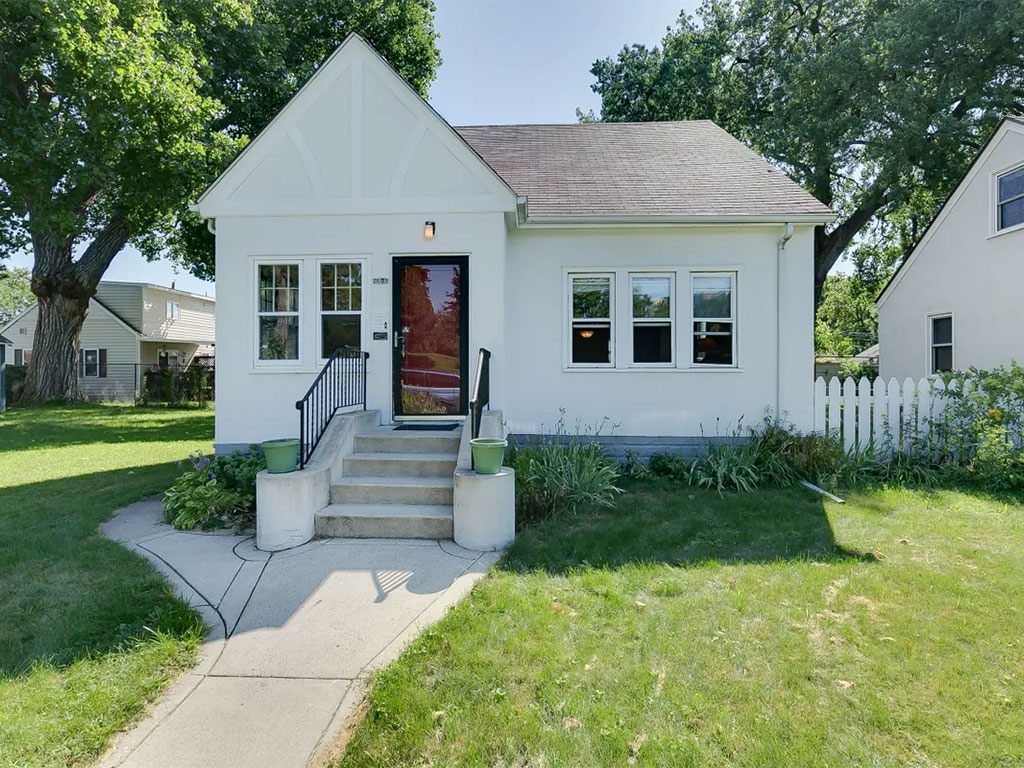Are you or your loved ones addicted to some mental health-related issues? If yes, then this post is for you! Watching your loved ones in such situations is no less than depression. But you don't need to worry about this because this article has got the solution to this problem- "Halfway House."
A halfway house is a residential setting that provides an organised and supportive atmosphere for those recovering from addictions, mental issues, or other life-altering events. They provide individuals with a safe & supportive atmosphere to start their life with a new persona and play a significant role in the rehabilitation process of many people.
Let's dive deep into the article and learn more about the Halfway Houses, including how they proceed and the benefits they offer to those in recovery.
What is a Halfway House?
For those suffering from addiction, a Halfway House is a residential institution providing a safe and supportive living environment. These houses aim to act as a transitional period between the controlled setting of a treatment program and the difficulties of independent life. These houses impose stringent rules and regulations on residents, including attending 12-step meetings, doing tasks, and being sober.
Generally, these houses vary in size and structure, but they typically provide the following:
- Shared dwelling quarters.
- Communal spaces for meals and activities.
- Access to assistance services such as counselling and case management.
Benefits of Halfway Houses
Living in a Halfway House during the healing process has several advantages. Here are a few examples:
Supportive Environment: Halfway homes offer a structured, supportive environment that can assist people in recovery, stay committed to their objectives and avoid stressors that might cause them to relapse.
Peer Support: Living in a Halfway House gives them access to a network of peers who are supportive and going through similar circumstances. Peer support is essential to recovery because it makes people feel less isolated and increases their motivation to maintain sobriety.
Access to Services: Numerous halfway homes give residents easy access to services like case management, counselling, and training for new jobs. These services can assist people in acquiring the knowledge and tools necessary to live independently.
Accountability: Residents in Halfway Houses frequently have strict restrictions and regulations to abide by, such as going to 12-step programs and staying sober. Accountability can aid people in staying on track and avoiding the dangers of addiction.
How Do Halfway Houses Work?
Residents in halfway homes often have to pay rent, which the government or nonprofits may subsidise. Residents are expected to help with the house's care and maintenance, including cleaning, cooking, and other duties.
The attendance of 12-step meetings or other support group gatherings, such as those for Alcoholics Anonymous or Narcotics Anonymous, is frequently expected of Halfway House residents. Additionally, they might need to participate in therapy or other support services and undergo drug testing.
A few months to a year or more are the typical stay length in halfway homes. The individual's demands and level of recovery determine the length of stay.
How Should You Pick a Halfway House?
If you're considering moving in while recovering, choosing a Halfway House that fits your needs and provides the help you require is important. Keep the following things in mind when choosing a Halfway House:
Location- Select a Halfway House close to transportation and other amenities and in a welcoming, secure area.
Programs and Services- Find a Halfway Home that offers the programs and services you require, such as case management, job training, or counselling.
Rules and Guidelines- Before moving halfway home, make sure you are aware of its laws and regulations and that you are prepared and able to abide by them.
Cost- Think about how much the halfway home will cost and whether you can afford it. Numerous Halfway Houses provide financial support.
Conclusion
To conclude, Halfway House serves as a bridge for those struggling with addiction and undergoing de-addiction. Here, the encouragement and supervised setting aid in their transition to a new life of sobriety. Moreover, there are so many reasons to choose Halfway Houses, including its locations, programs and services, cost, rules, and guidelines.


No comments yet